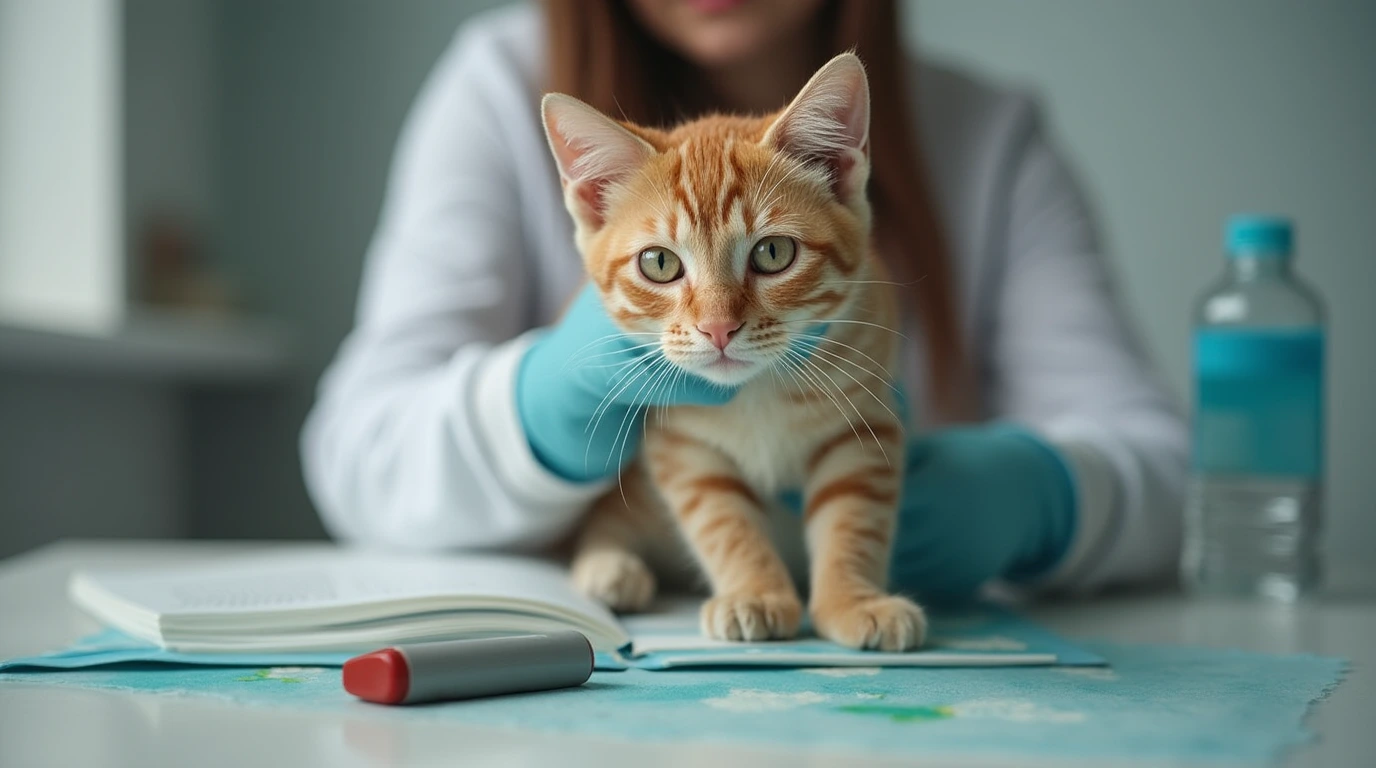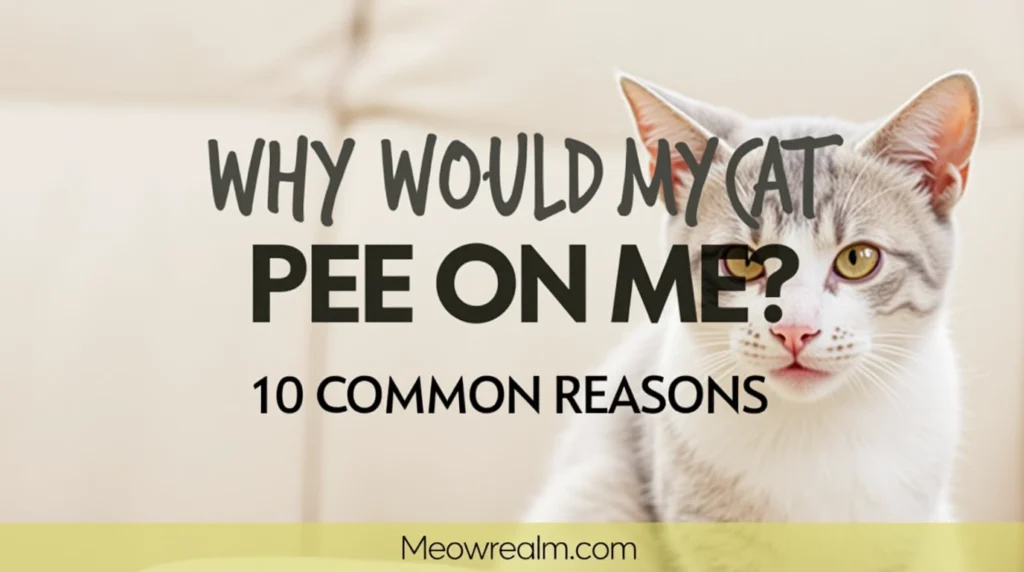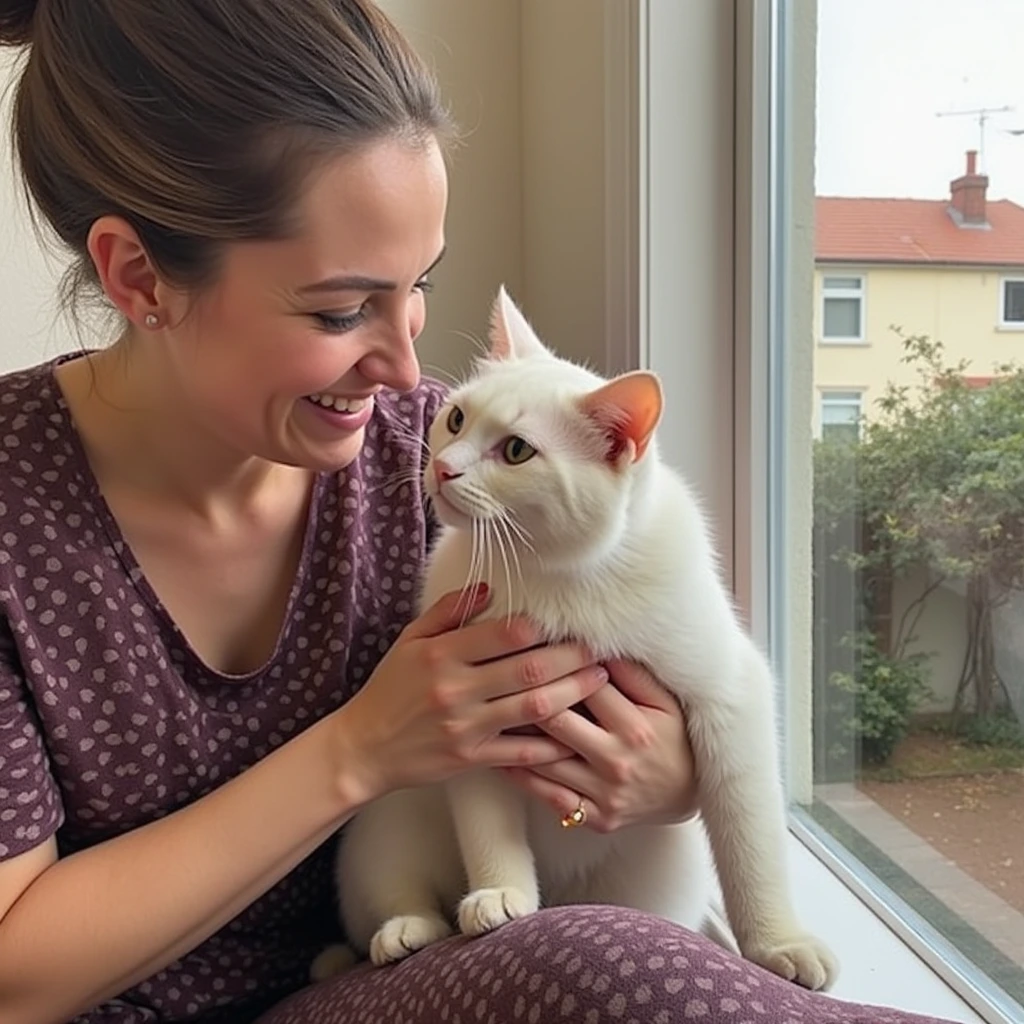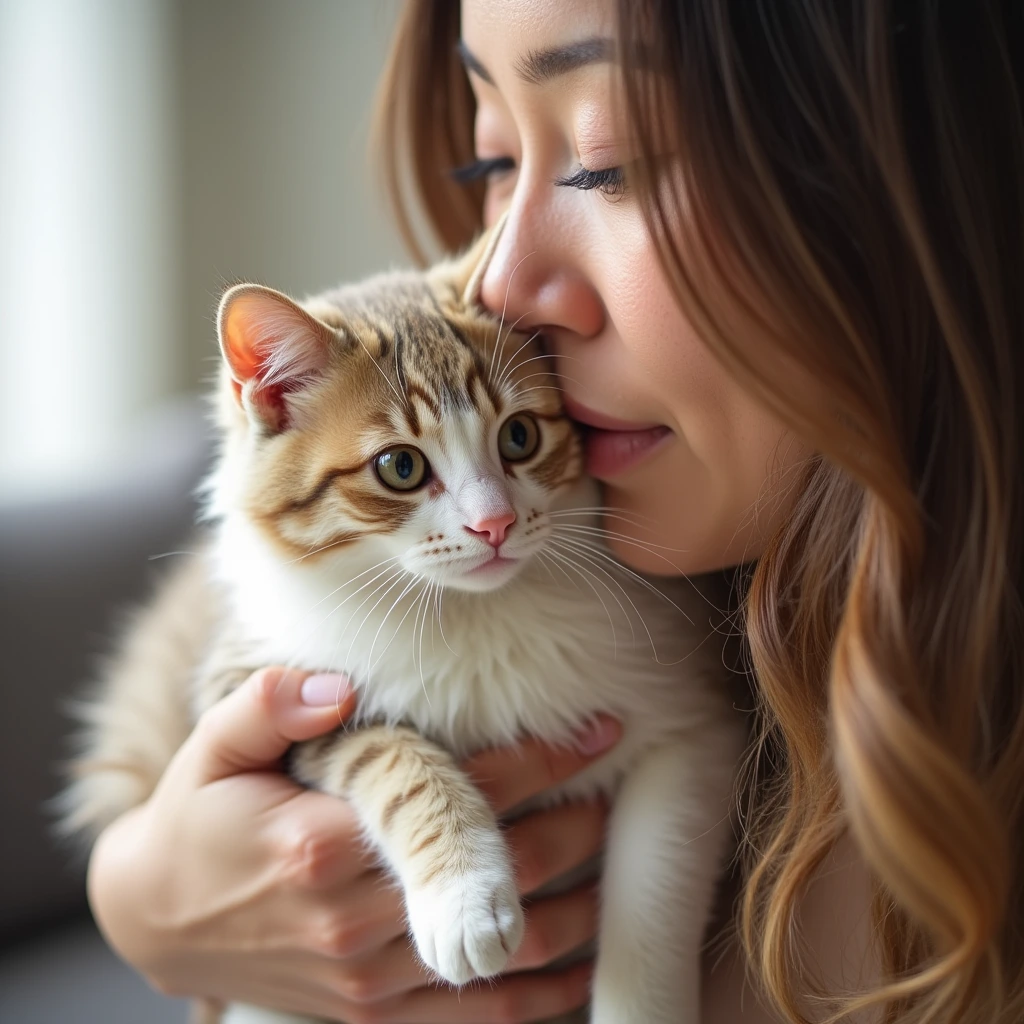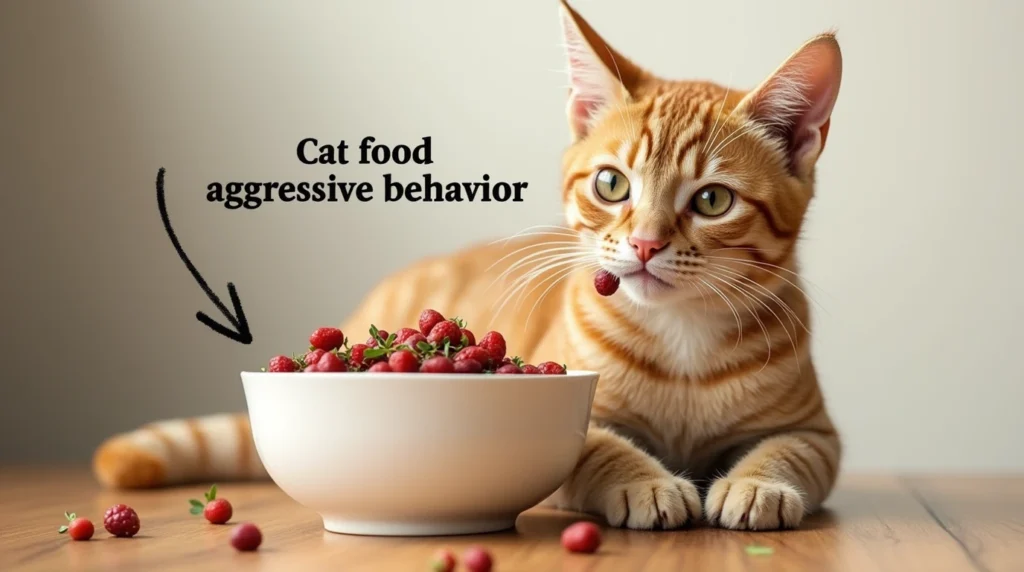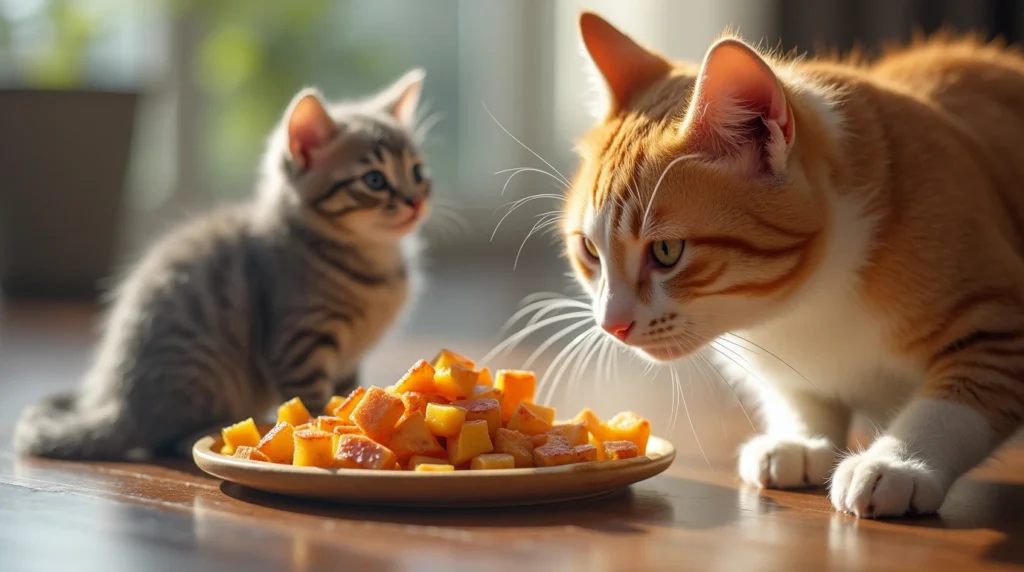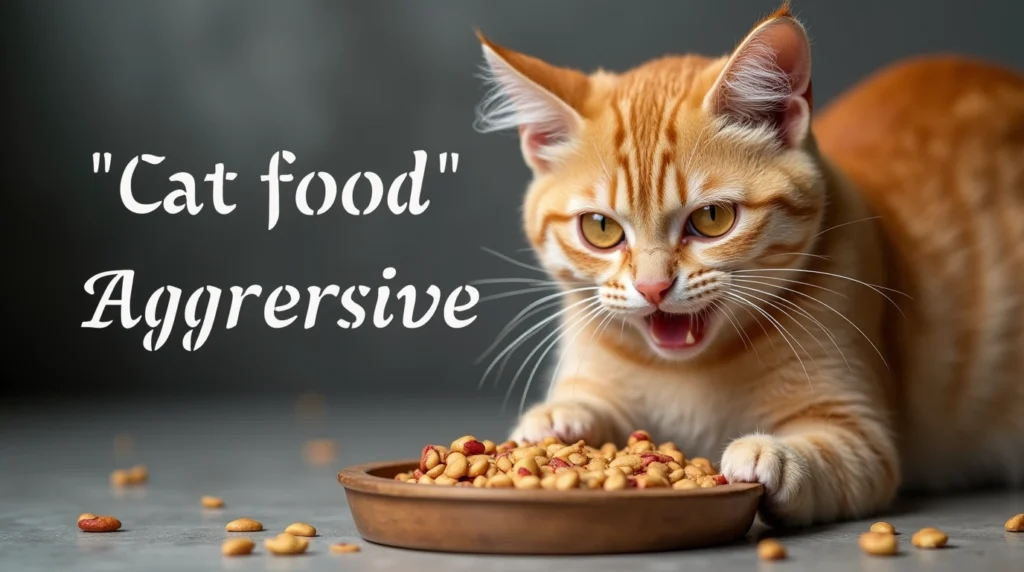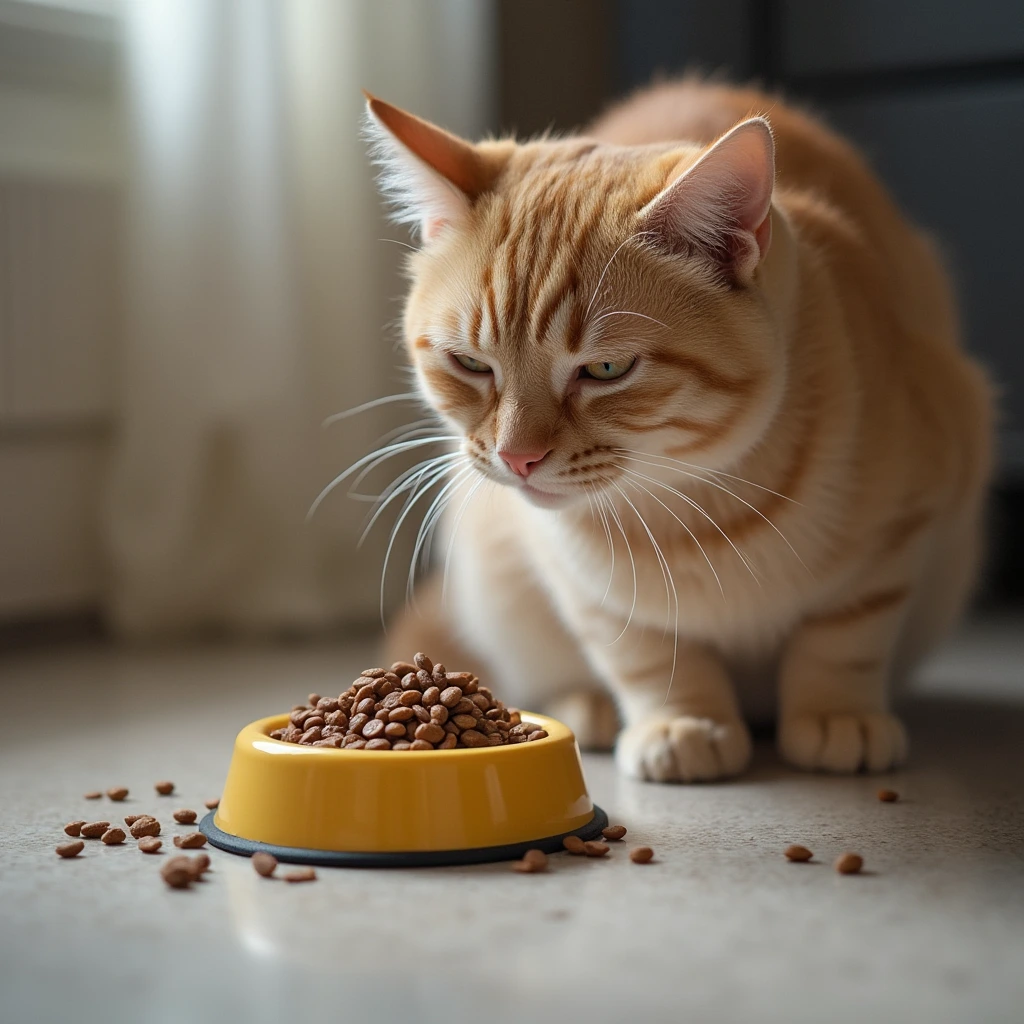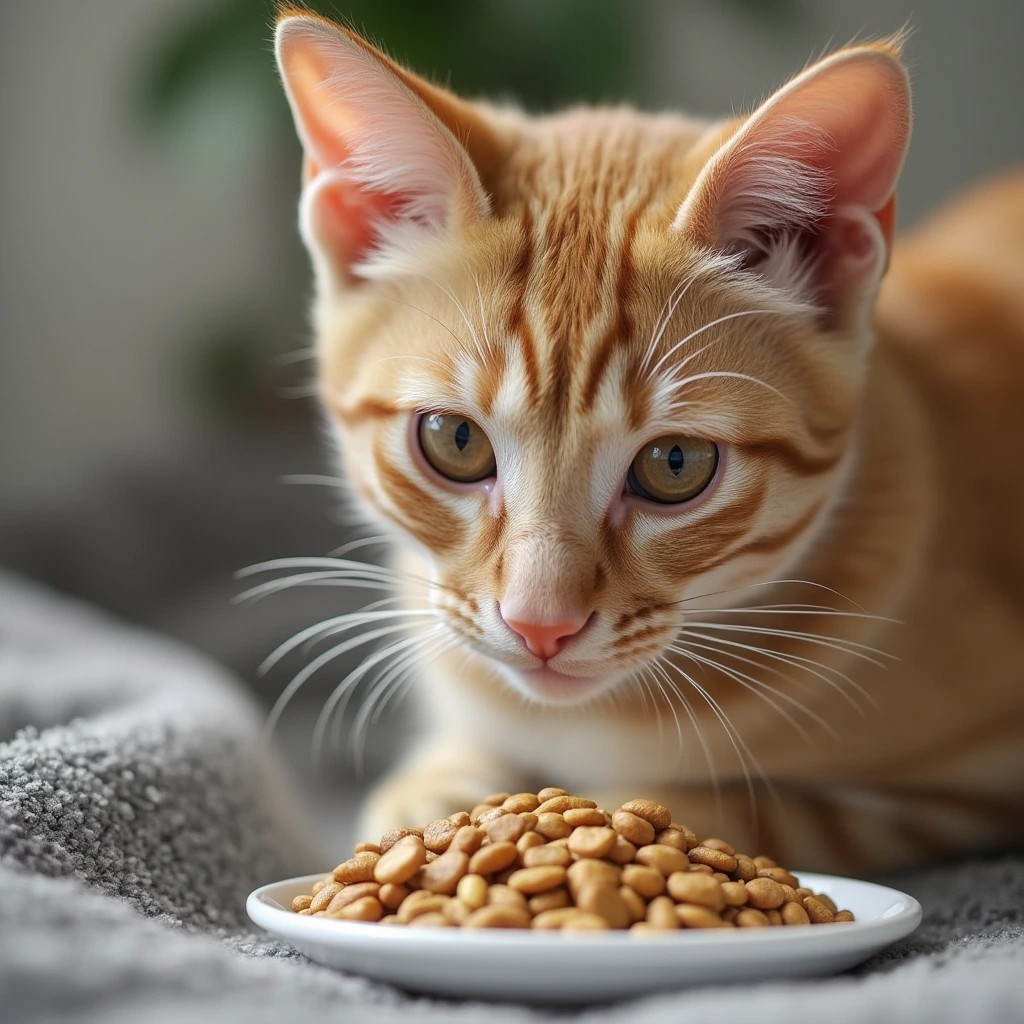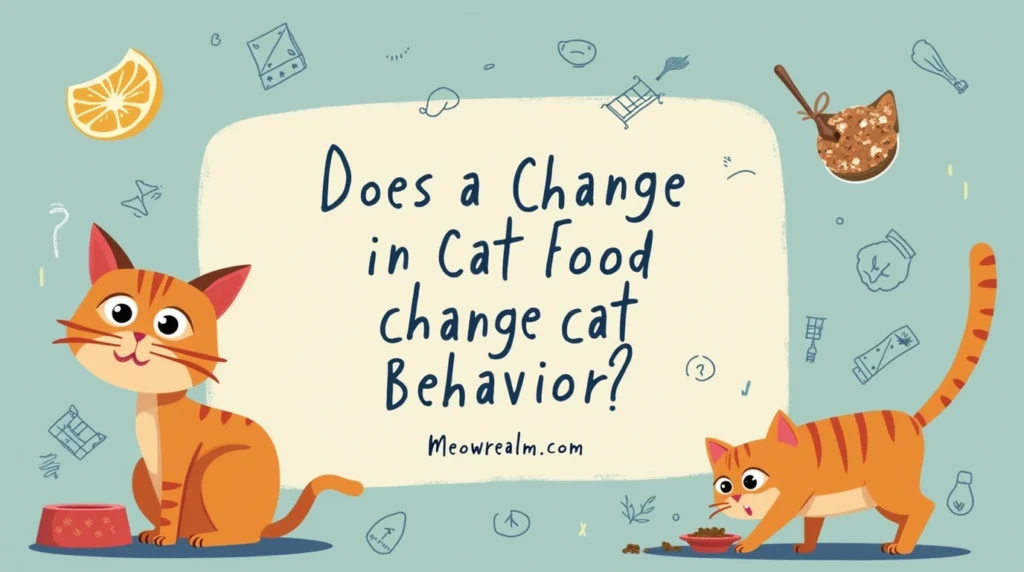When Love and Behavior Collide: Facing the Unthinkable
Imagine loving your cat unconditionally, only to find yourself at a crossroads where its behavior feels unmanageable. The emotions you experience—guilt, frustration, and heartbreak—can be overwhelming. For some pet owners, the concept of behavioral euthanasia cat becomes a distressing consideration. But before making this heart-wrenching decision, it’s crucial to explore why it happens and the alternatives that could save your beloved pet’s life.
In this comprehensive guide, you’ll uncover the common reasons for behavioral euthanasia in cats, actionable steps you can take to address these issues, and resources to help both you and your cat thrive. Let’s navigate this challenging topic together and find solutions that bring hope.
Table of Contents
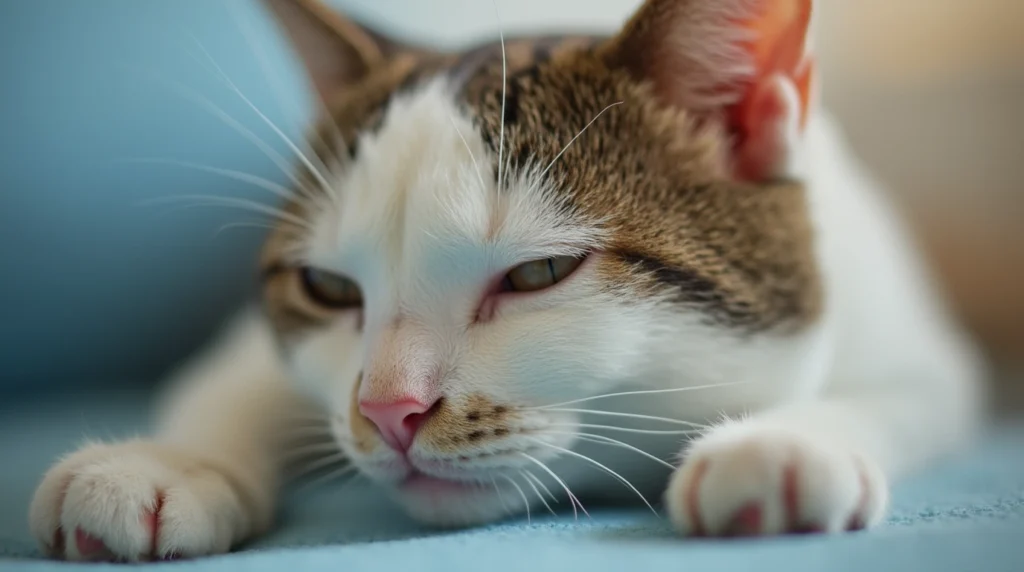
What Is Behavioral Euthanasia in Cats?
Behavioral euthanasia refers to the practice of humanely ending a cat’s life due to severe behavioral issues that cannot be resolved or managed effectively. These behaviors may include aggression, chronic elimination problems, or severe anxiety, which can significantly impact the quality of life for both the cat and its owner.
While behavioral euthanasia is rare, it’s a topic that warrants discussion. According to a 2022 study, approximately 2% of cats surrendered to shelters face euthanasia due to behavioral issues. Understanding what leads to this outcome is the first step in preventing it.
The Three Common Reasons for Behavioral Euthanasia
1. Aggression Toward Humans or Other Pets
Aggression is one of the most alarming behaviors that can lead to discussions about euthanasia. Signs of aggression in cats include:
- Biting and scratching, often without provocation.
- Hissing, growling, or swatting when approached.
- Chasing and attacking other pets in the household.
Why It Happens:
- Fear or past trauma.
- Poor socialization as a kitten.
- Underlying medical issues, such as pain or hyperthyroidism.
What You Can Do:
- Schedule a veterinary exam to rule out medical causes.
- Consult an animal behaviorist for targeted interventions.
- Use positive reinforcement training to encourage calm behavior.
2. Chronic Elimination Issues
Litter box problems can be frustrating and difficult to manage. Signs include urinating or defecating outside the litter box consistently, often in inappropriate places like furniture or bedding.
Why It Happens:
- Stress or changes in the household (e.g., new pets or people).
- Medical issues such as urinary tract infections or kidney disease.
- Dirty or poorly placed litter boxes.
What You Can Do:
- Ensure the litter box is clean and in a quiet location.
- Try different types of litter to find one your cat prefers.
- Address underlying medical conditions with your veterinarian.
- Provide stress-relief measures, such as pheromone diffusers or calming sprays.
3. Severe Anxiety or Stress Behaviors
Cats experiencing severe anxiety often display destructive or obsessive behaviors. These may include excessive vocalization, hiding, overgrooming, or destroying furniture.
Why It Happens:
- Past trauma or neglect.
- Lack of mental stimulation or environmental enrichment.
- Separation anxiety.
What You Can Do:
- Introduce toys and scratching posts to enrich your cat’s environment.
- Use calming aids like pheromone diffusers.
- Work with a professional trainer to address specific behaviors.
Alternatives to Behavioral Euthanasia
Medical Interventions
Your first step should always involve consulting a veterinarian. Medical conditions such as hyperthyroidism, arthritis, or neurological disorders can manifest as behavioral problems. Once diagnosed, your vet may recommend treatments such as:
- Prescription medications for anxiety or aggression.
- Pain management plans.
- Special diets to support overall health.
Behavioral Training and Professional Help
If medical interventions don’t resolve the issue, consider hiring an animal behaviorist. These professionals specialize in understanding and modifying problematic behaviors through:
- Desensitization techniques.
- Positive reinforcement strategies.
- Developing a personalized plan for your cat.
Environmental Modifications – behavioral euthanasia cat
A cat’s surroundings can significantly influence its behavior. Simple changes to their environment can make a world of difference:
- Add vertical spaces like cat trees or shelves for climbing.
- Create hiding spots for your cat to retreat to when stressed.
- Use interactive toys to provide mental stimulation.
- Minimize stress by maintaining a consistent daily routine.
Rehoming as a Last Resort – behavioral euthanasia cat
If all else fails, rehoming may be a viable option. Here’s how to ensure the process is as smooth as possible:
- Work with reputable rescue organizations or shelters.
- Be honest about your cat’s behavior with potential adopters.
- Provide all medical and behavioral records to the new owner.
Pros and Cons of Behavioral Euthanasia
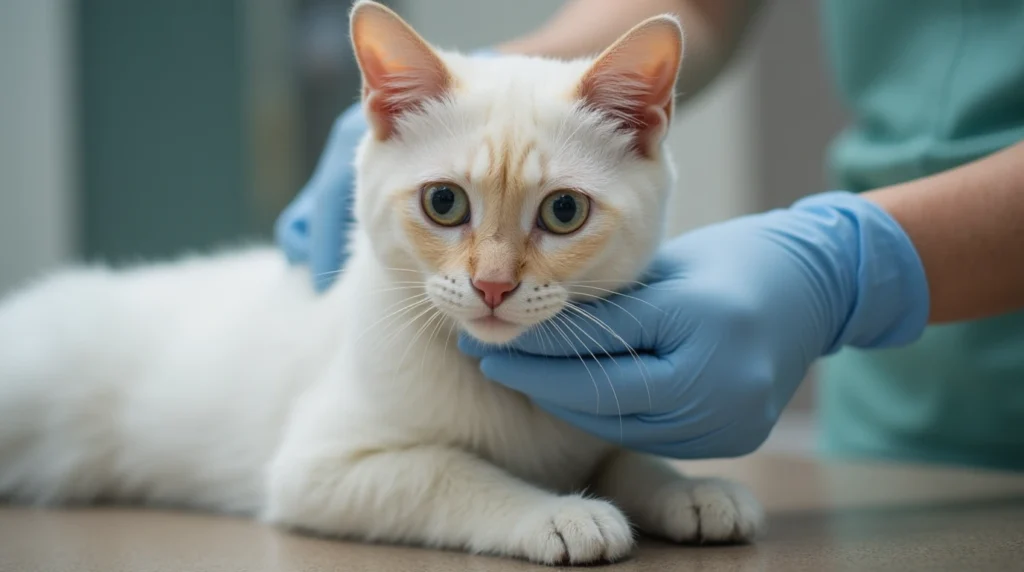
Pros behavioral euthanasia cat
- It may be the most humane option for cats experiencing severe suffering.
- Can prevent harm to humans or other animals.
- Provides closure in cases where all other options have failed.
Cons behavioral euthanasia cat
- Emotional toll on the owner.
- Ethical concerns about ending a life due to behavior.
- The potential for regret if other solutions were not thoroughly explored.
euthanizing an aggressive cat.
Euthanizing an aggressive cat is an emotionally challenging decision that requires careful consideration. Aggression in cats can stem from various factors, including medical conditions, trauma, fear, or territorial instincts. Before making this difficult choice, it is crucial to explore all possible solutions, such as consulting a veterinarian to rule out health issues or seeking guidance from a feline behaviorist to address behavioral concerns.
In some cases, specialized training or environmental adjustments may significantly reduce aggressive tendencies. However, if a cat poses a severe, ongoing threat to the safety of people or other animals, and all interventions have been exhausted without success, euthanasia may be the most compassionate option. This decision should always be made in consultation with a veterinarian, ensuring the cat is treated with dignity and care throughout the process.
behavioral euthanasia./ behavioral euthanasia cat
Behavioral euthanasia is the heart-wrenching decision to humanely end the life of an animal due to severe and unmanageable behavioral issues. This step is typically considered only after extensive efforts to modify the animal’s behavior, such as training, environmental changes, and consultations with veterinarians or behaviorists, have failed. Behavioral problems like extreme aggression, uncontrollable fear, or self-harming tendencies may stem from trauma, genetic predispositions, or neurological conditions, making them resistant to intervention.
When these behaviors pose a significant risk to the safety of people, other animals, or even the animal itself, behavioral euthanasia may be deemed the most humane course of action. While the decision is profoundly emotional and often accompanied by feelings of guilt or grief, it is important to prioritize the welfare and quality of life for all involved.
FAQ Section behavioral euthanasia cat
What is behavioral euthanasia in cats?
Behavioral euthanasia cat refers to humanely ending a cat’s life due to unmanageable behaviors that significantly impact its quality of life or safety.
Are there alternatives to behavioral euthanasia?
Yes, alternatives include medical treatments, behavioral training, and environmental modifications.
How do I know if behavioral euthanasia is the right decision?
Consult with veterinarians and animal behaviorists to explore all possible solutions before making this decision.
Can behavioral problems in cats be fixed?
Many behavioral issues can be resolved with patience, training, and the right resources.
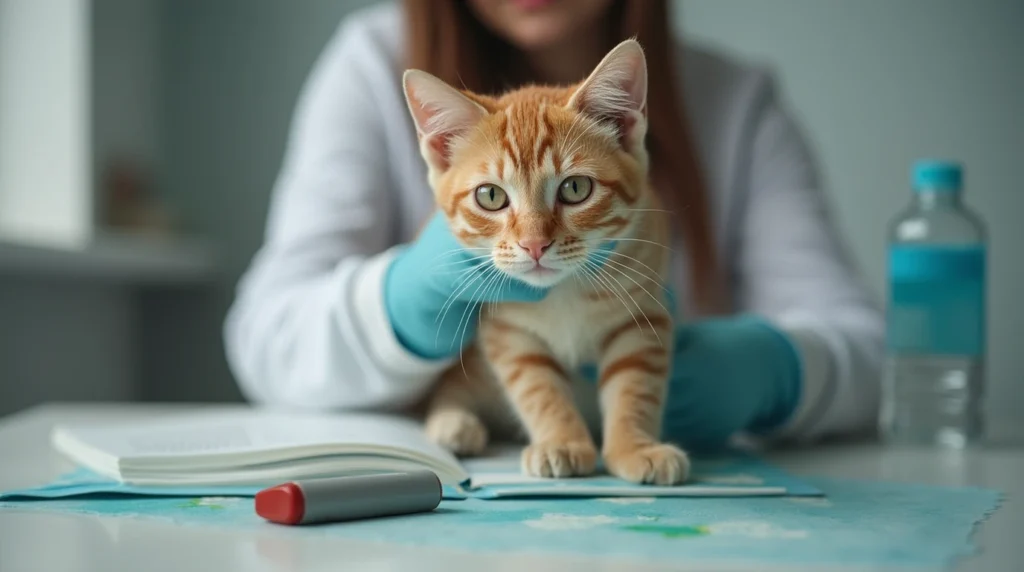
Conclusion: Finding Hope in Difficult Times
Behavioral euthanasia is a deeply personal and challenging decision, but it’s not the only option. By understanding the reasons behind your cat’s behavior and exploring medical, behavioral, and environmental solutions, you can often find a way forward. Remember, there are resources and professionals ready to support you and your feline friend.
behavioral euthanasia cat

